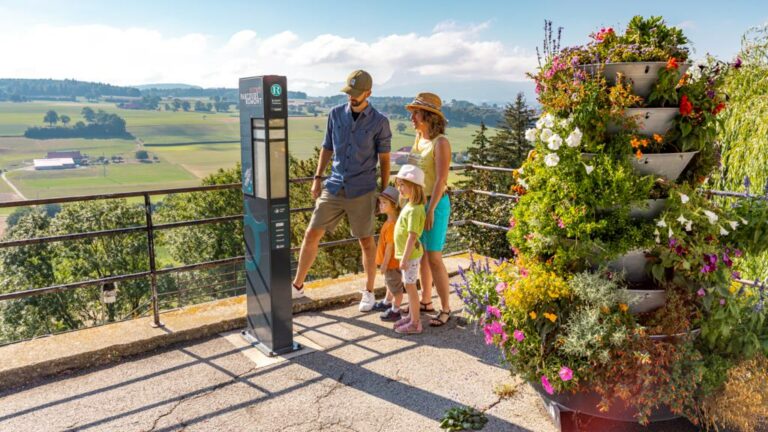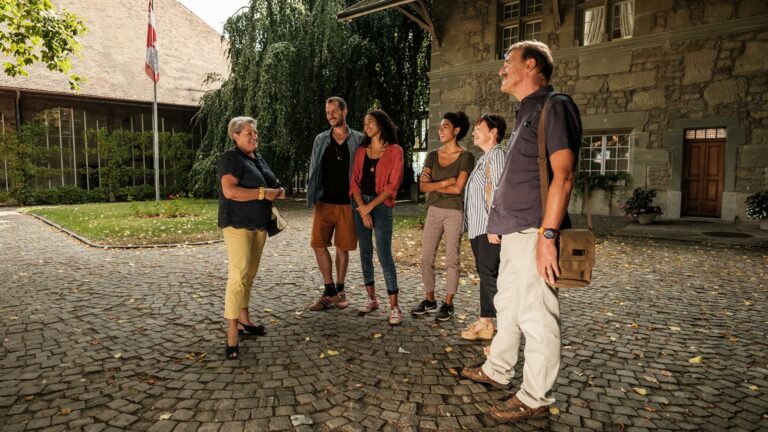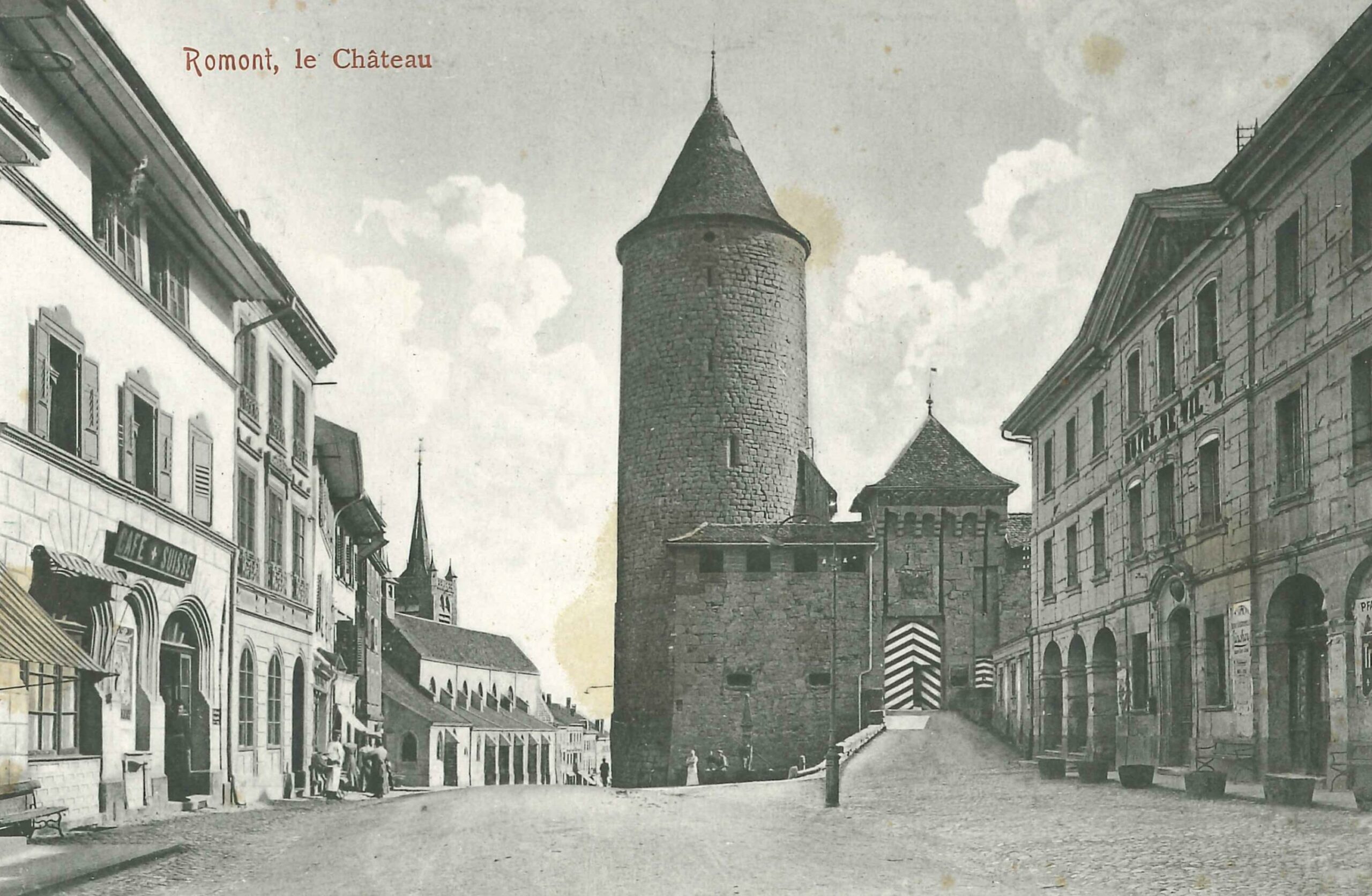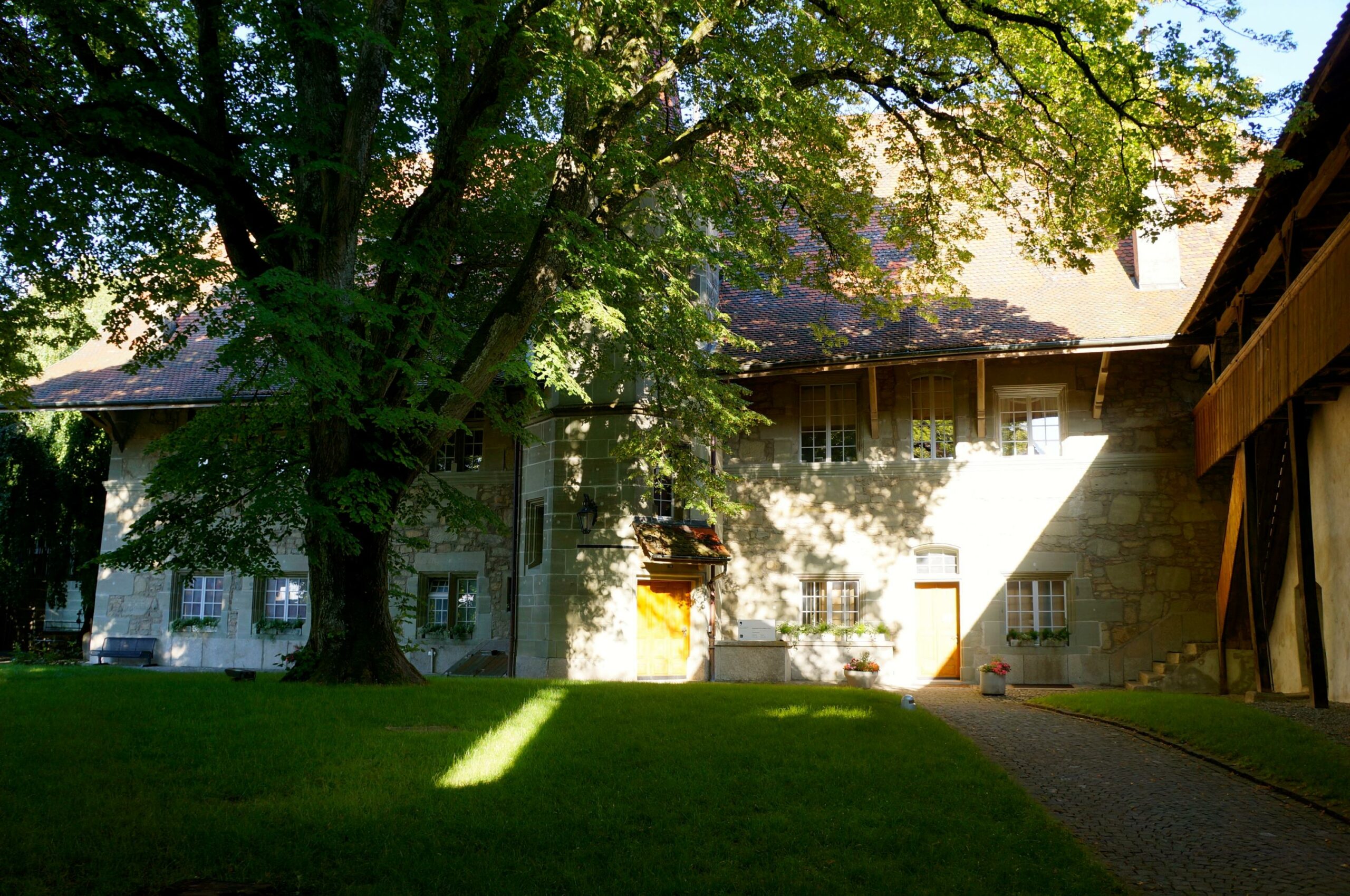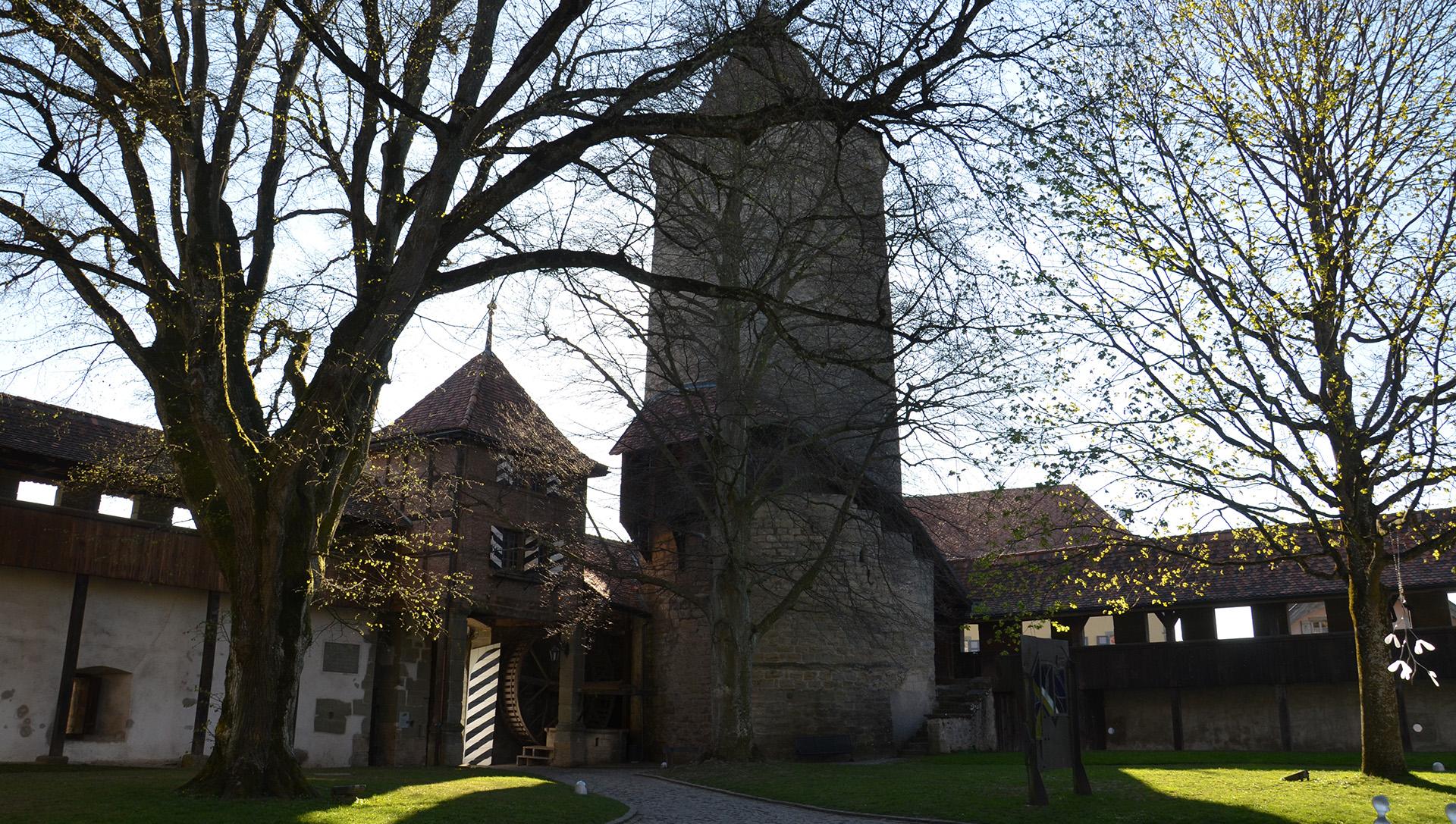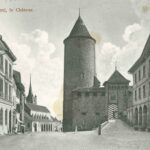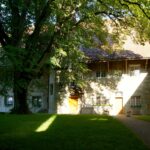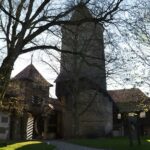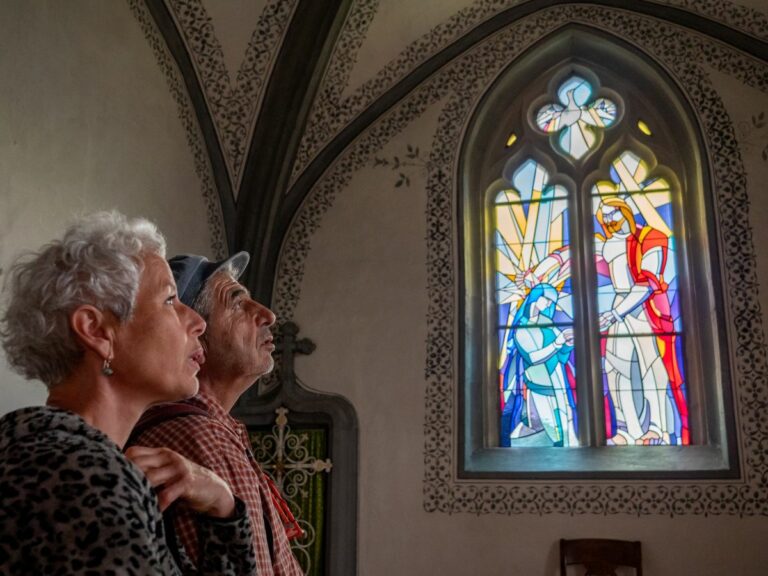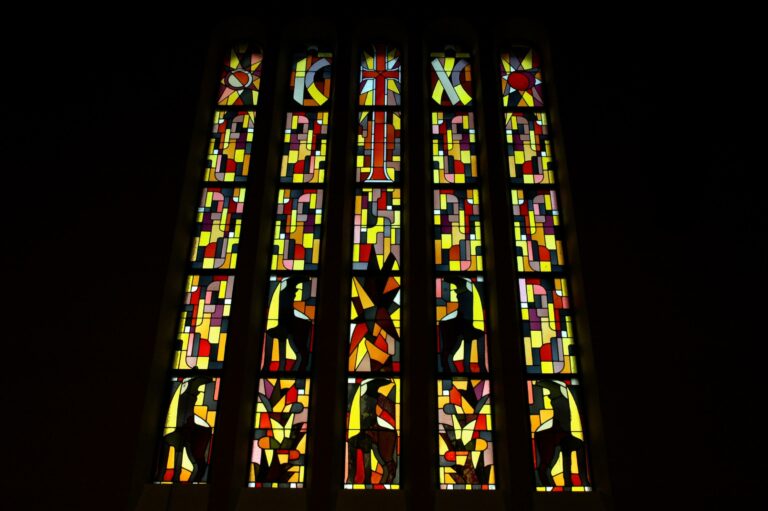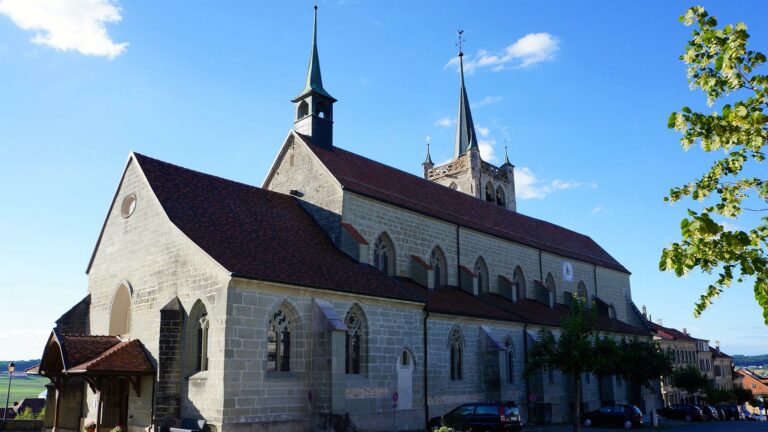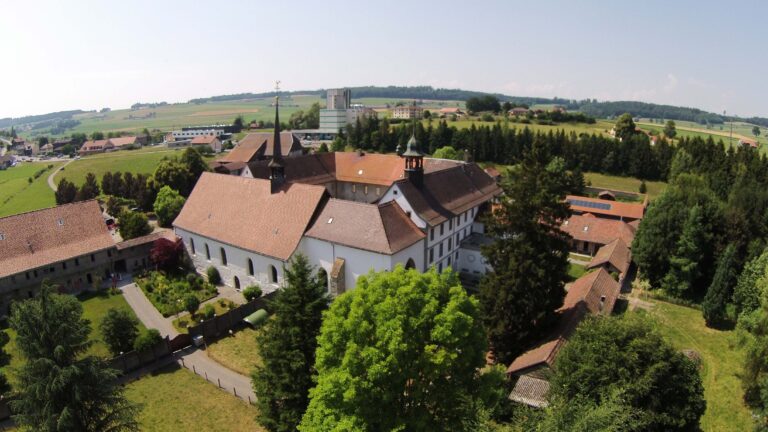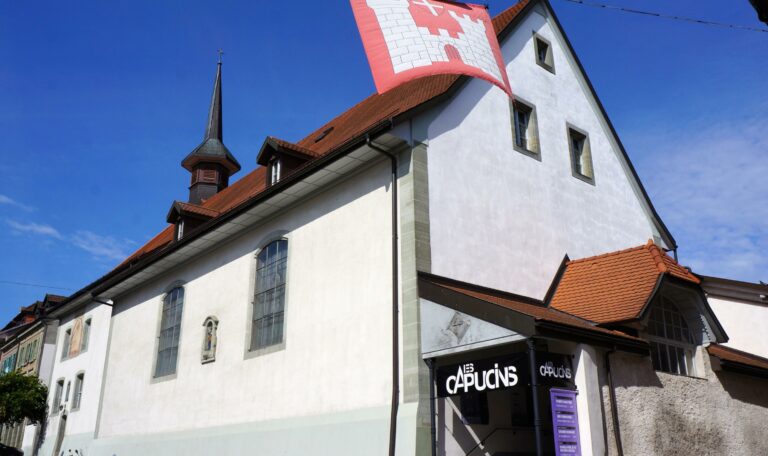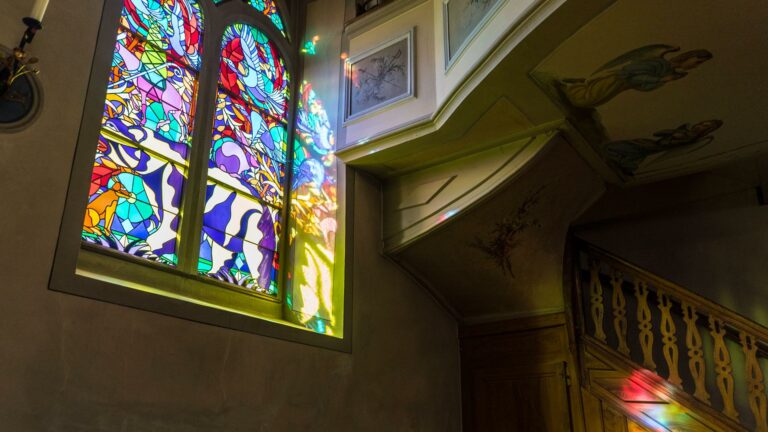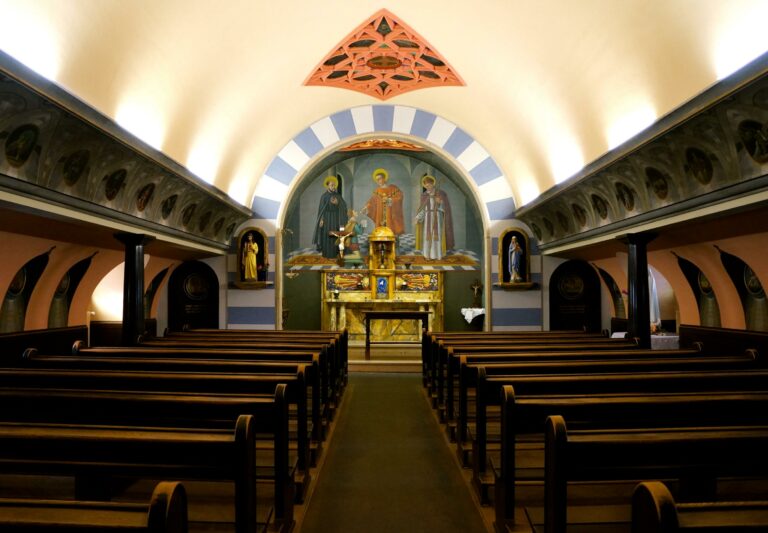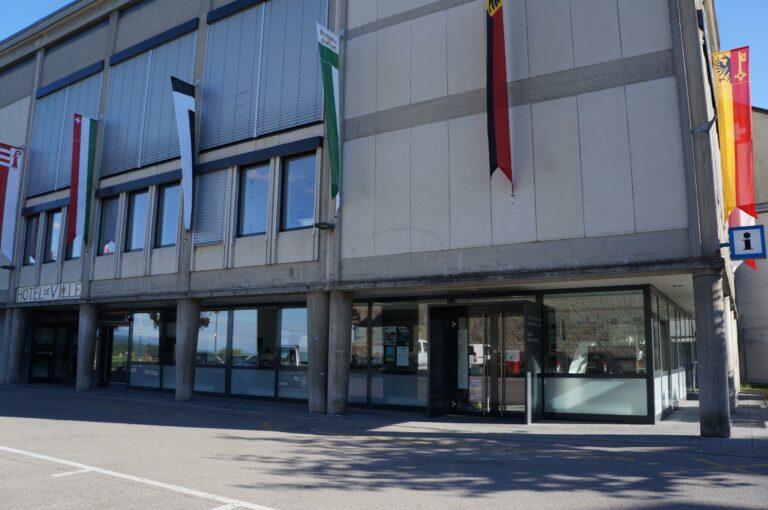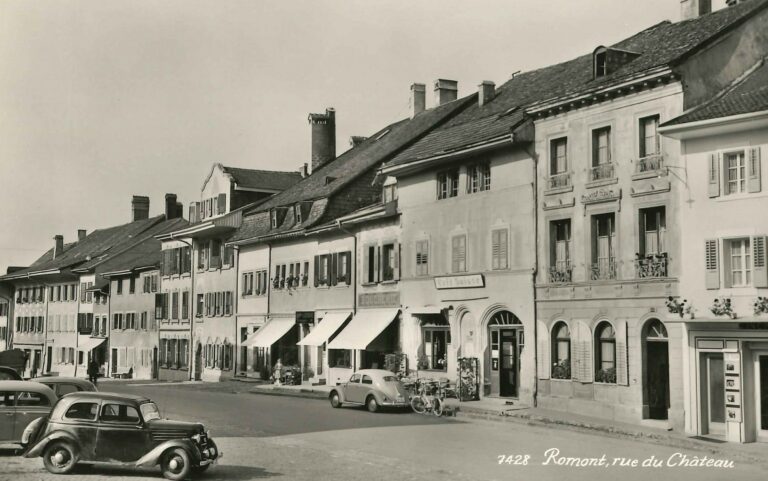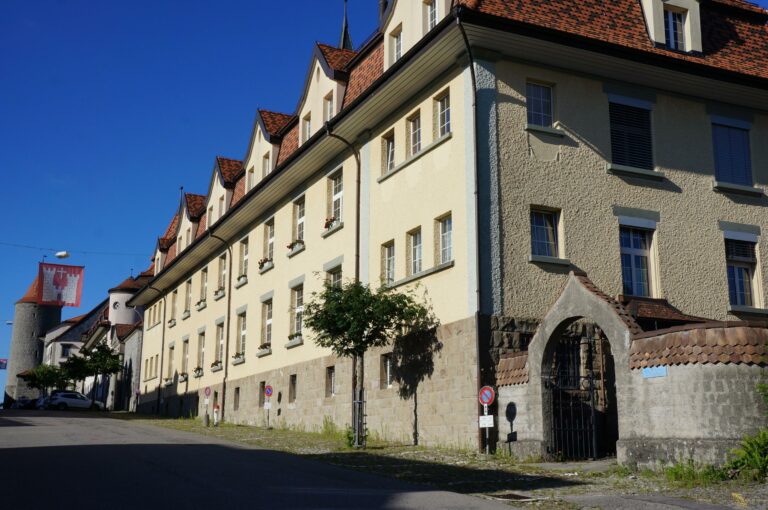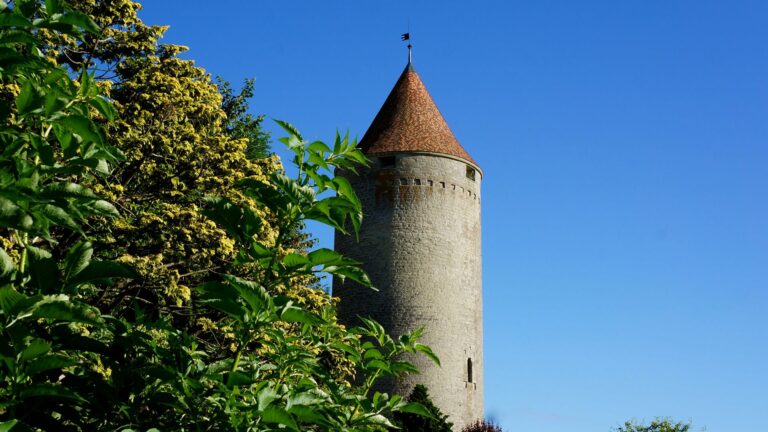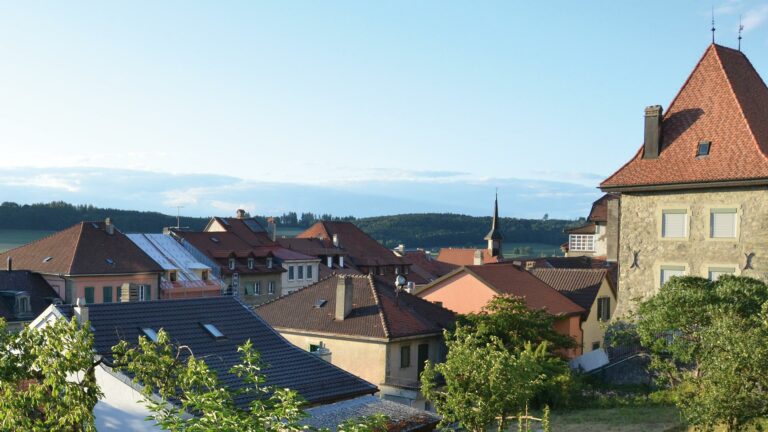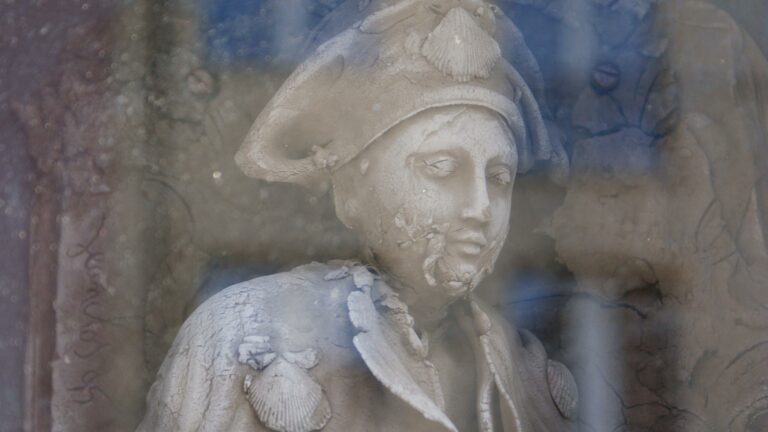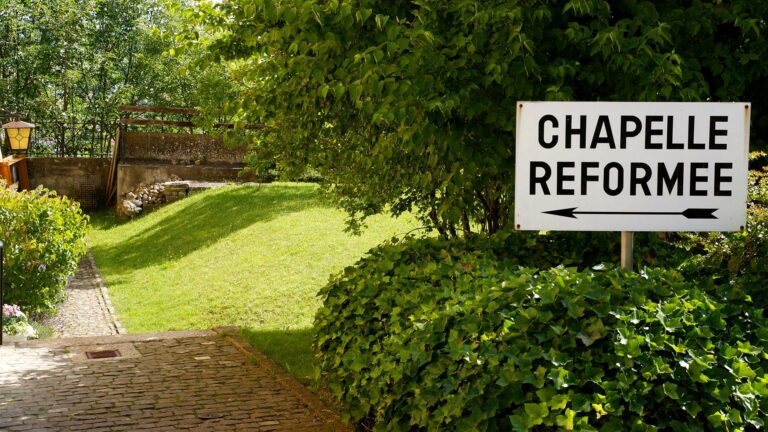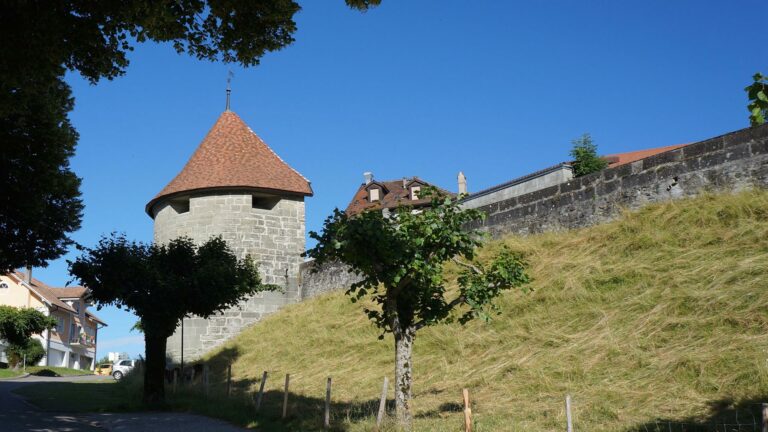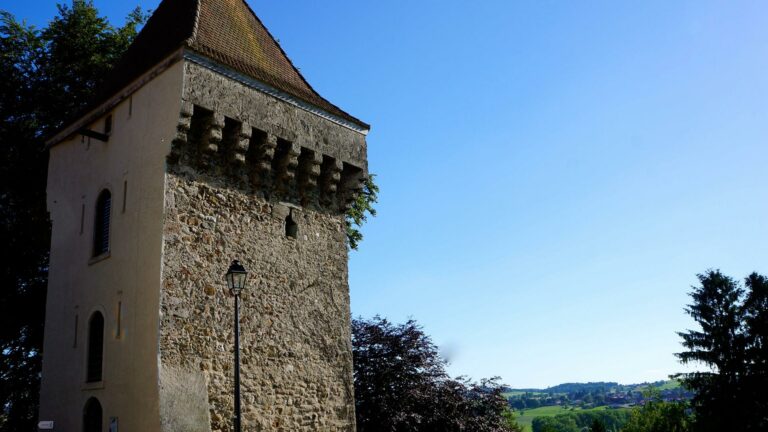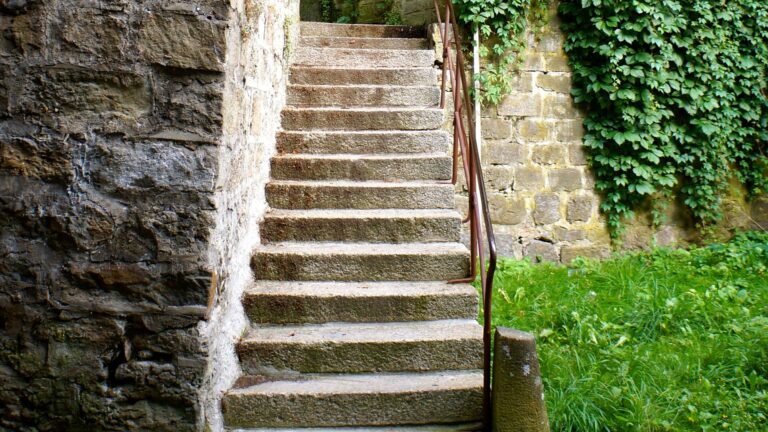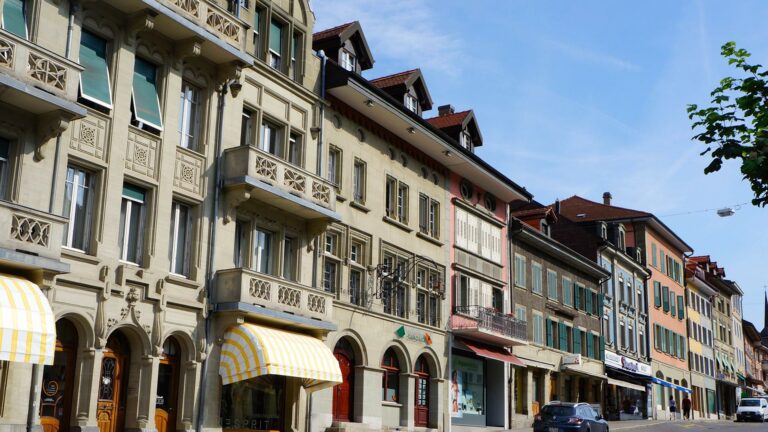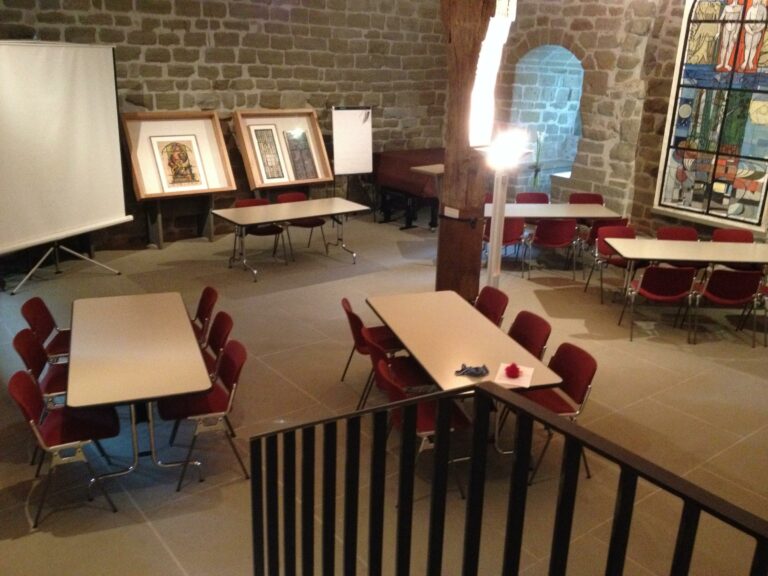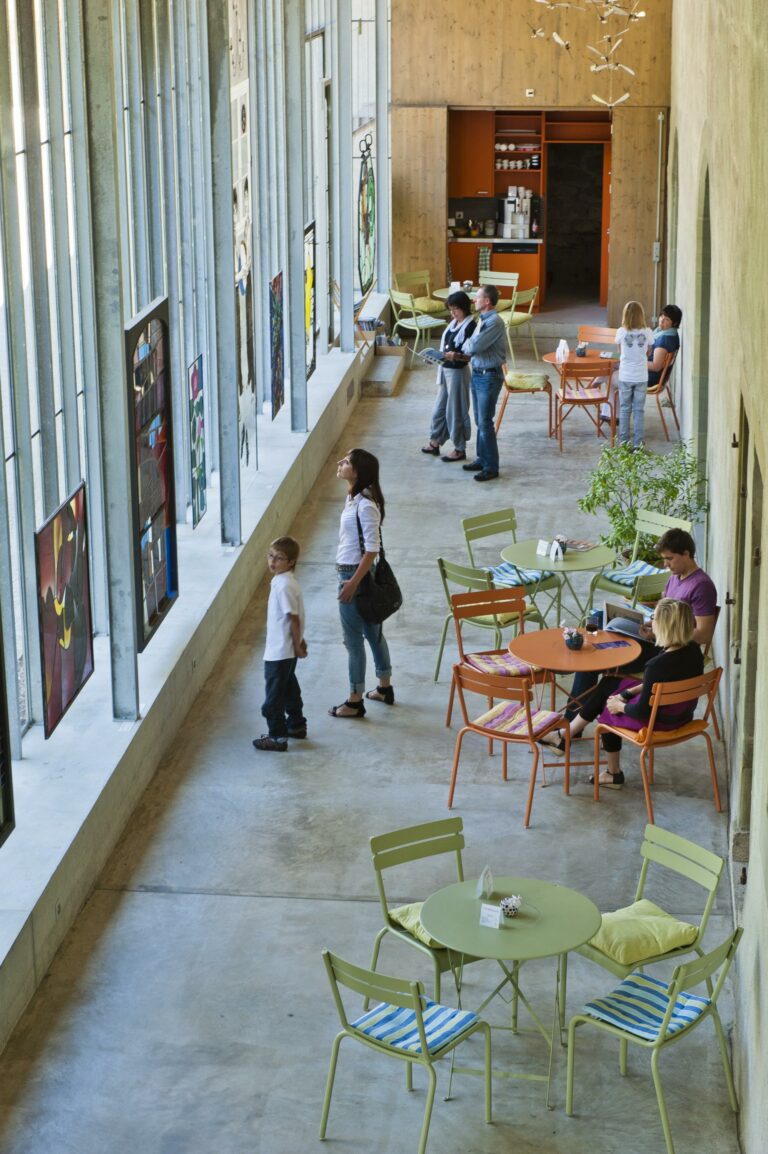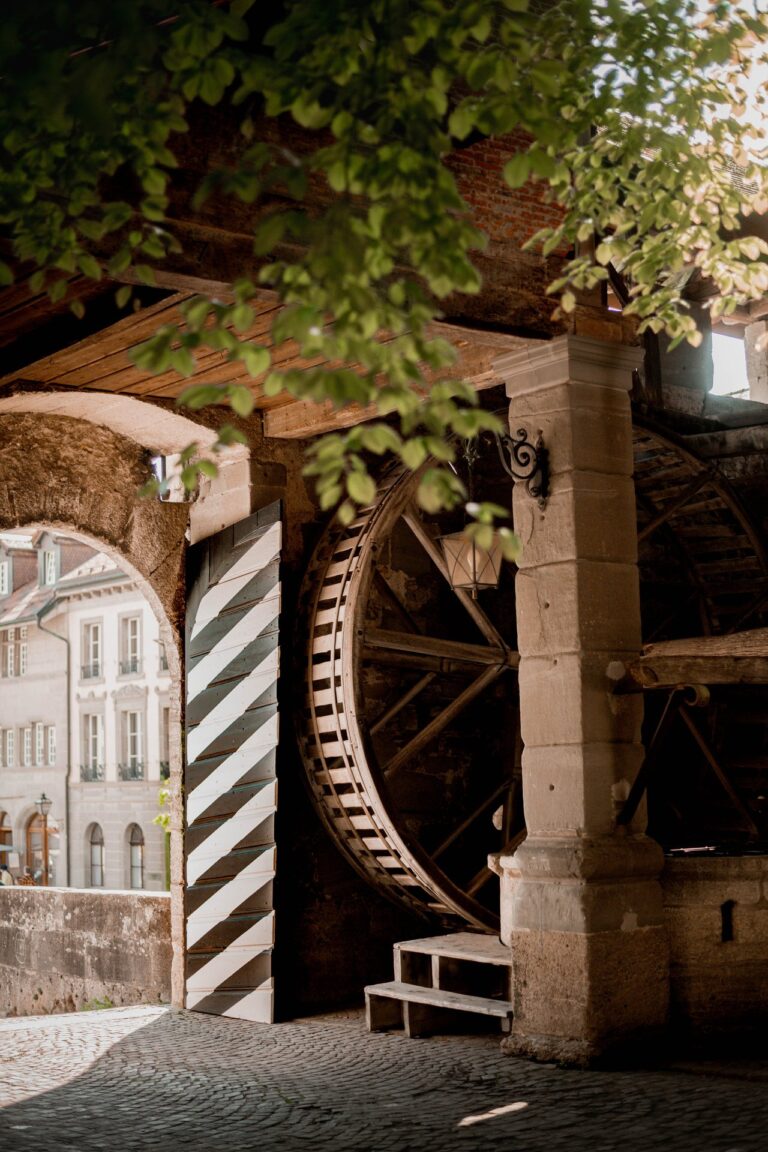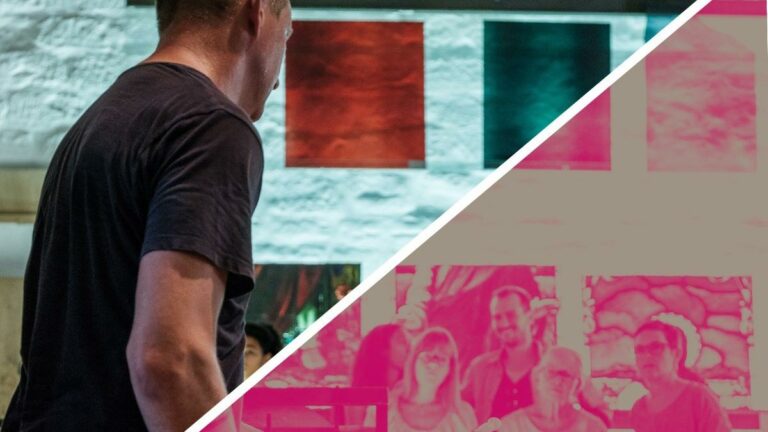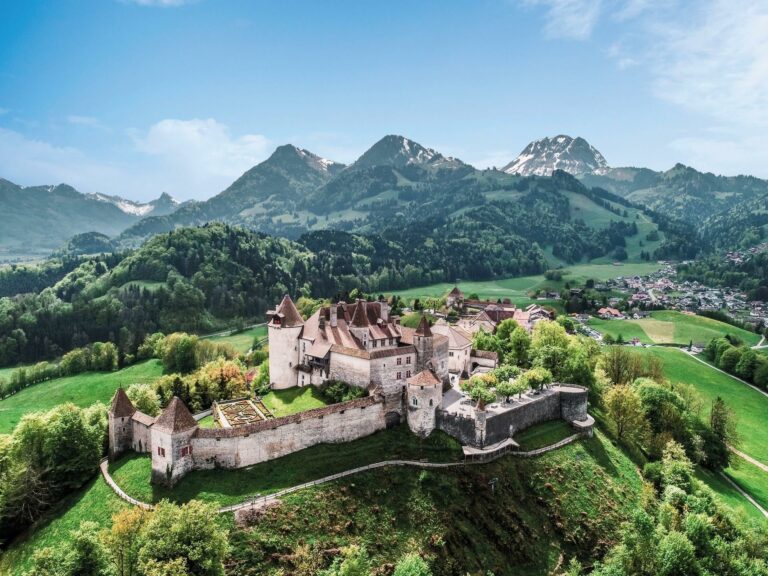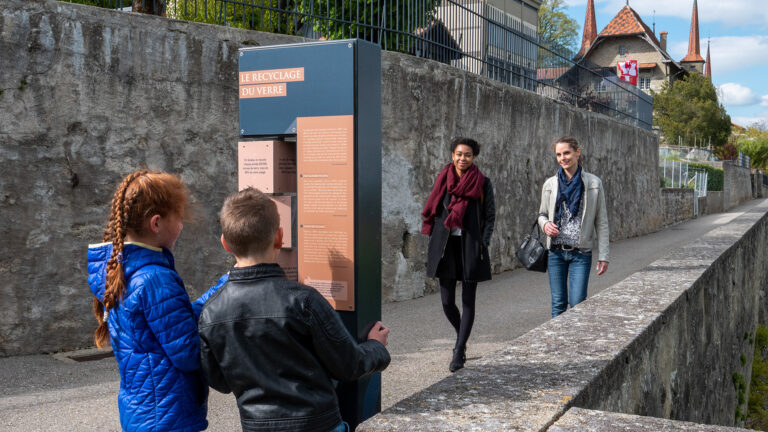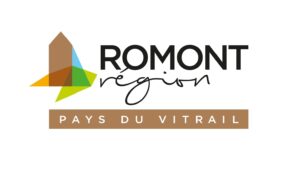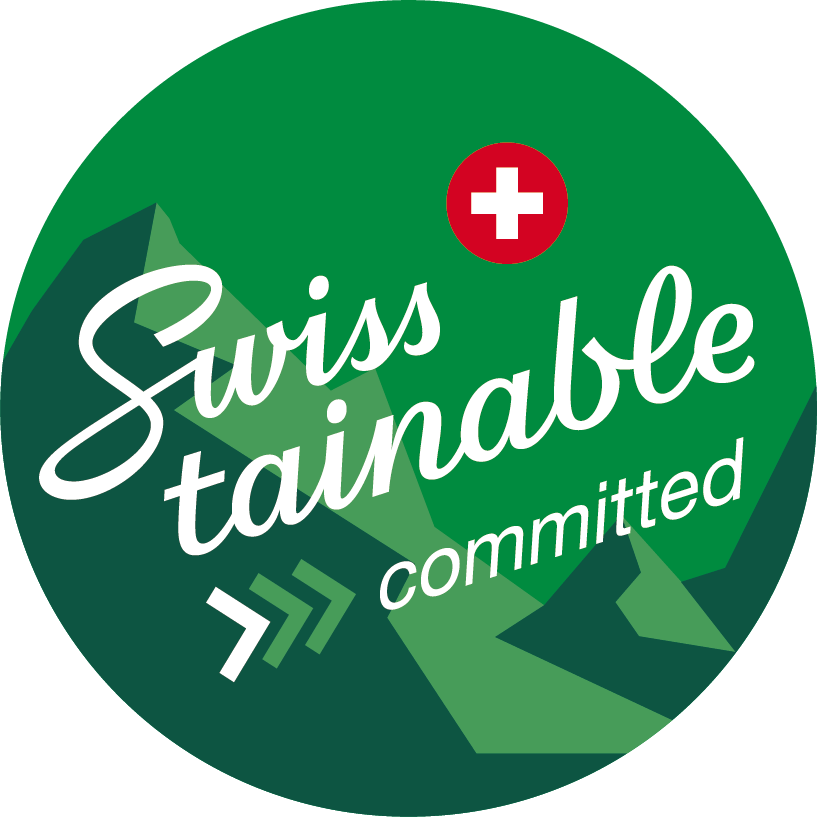Number 1 of the historical tour.
The castle was built by Peter II of Savoy sometime around 1240. It had a tower at each corner and is surrounded by a moat*. At this time, the keep* was the last place of refuge for the inhabitants in the event of an attack.
The parapet allowed the guards to walk along the top of the perimeter wall while remaining protected. Take the time to climb up.
The Fribourg bailiffs*, who arrived in the 16th century, erected a new twostory building boasting numerous Gothic windows. This is the part of the castle on your right as you enter the courtyard. The prefecture has been there since 1848.
Since 1981, the castle has been home to the Vitromusée, the Swiss Museum of Stained Glass and Glass Arts. Unique worldwide, its collection illustrates the history of glass ranging from the gems of the Middle Ages, the Renaissance and Art Nouveau period to contemporary creations. One wing is dedicated to reverse painting on glass. The exhibitions include both historic and present-day works.
The neighboring Vitrocentre is the scientific partner of the museum. It conducts research into the history, conservation and technology of stained glass and reverse painting on glass.
The current well wheel dates back to the 18th century and has a diameter of 4.5 m. It inspired the legend of the squirrels, as the inhabitants of Romont are referred to: the men who manoeuvered it were compared to these rodents. Note that the shaft is as deep as the dungeon is high, around 40m.
*Bailiff: representative of an authority within a territory.
*Keep: in the Middle Ages, this was the highest tower in a castle designed as an observation point, firing post and final refuge if the rest of the fortifications were taken by the enemy. This tower generally also served as the residence of the lord.
*Moat: a ditch surrounding a castle and filled with water.
Information
Office du Tourisme de Romont et sa région, Rue du Château 112, 1680, Romont
Rue du Château 112
1680 Romont
- Historical tour
Château de Romont
Au Château
1680 Romont




